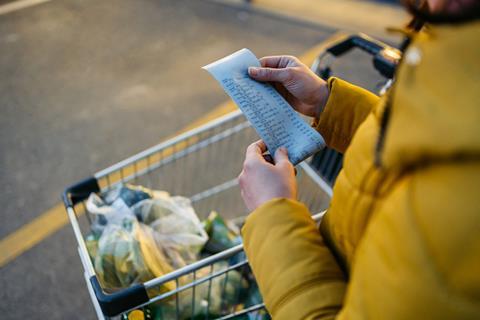
Food inflation dropped to 3% in March, helping to bring down the headline rate by more than expected.
The overall UK inflation rate fell to 2.6%, according to the Office for National Statistics, below analysts’ forecasts of 2.7% and down from 2.8% in February.
It was led by the price of fuel falling 5.3%, including a drop between February and March of 1.6p a litre for both petrol and diesel.
In the supermarkets, confectionery prices saw the biggest falls, according to the ONS, although this was partially offset by the rising cost of milk, cheese and eggs.
Grant Fitzner, chief economist at the ONS, said: “Inflation eased again in March, driven by a variety of factors including falling fuel prices and unchanged food costs compared with the price rises we saw this time last year.
“The only significant offset came from the price of clothes, which rose strongly this month, following the unusual decrease in February.”
Economists are grappling to understand how US tariffs might affect inflation this year with Clare Lombardelli, a deputy governor at the BoE, stating last week that tariffs would likely depress economic activity but their effect on inflation was harder to forecast.
Inflation is expected to rise from here on out though, with April seeing price rises on water bills and energy costs for consumers, while businesses must start paying higher a higher minimum wage and National Insurance contributions.


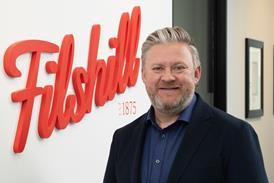

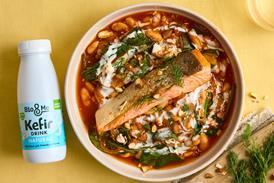


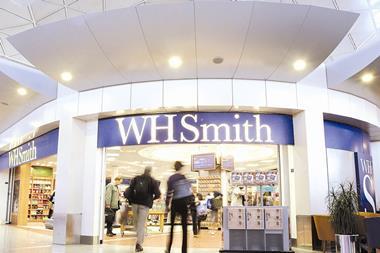
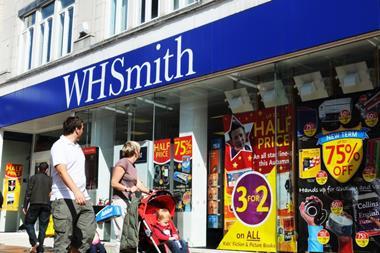

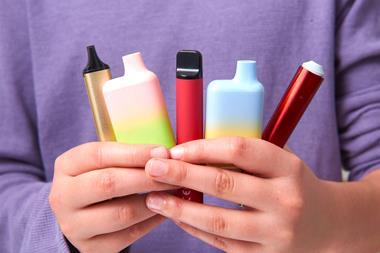
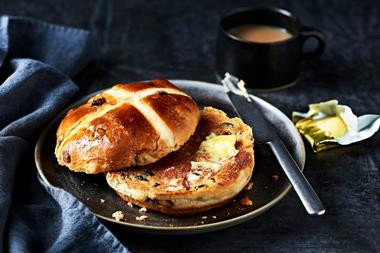
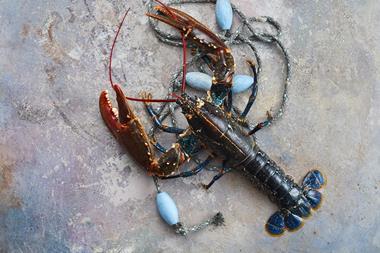
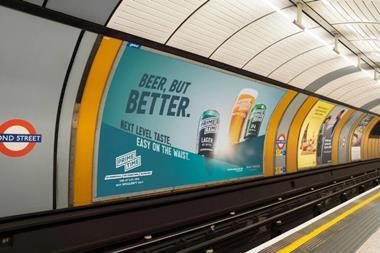
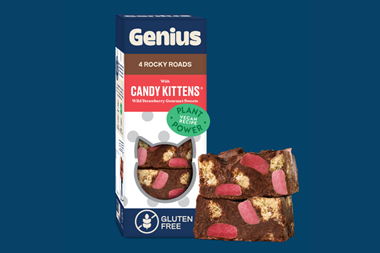
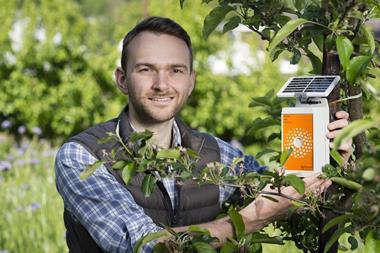


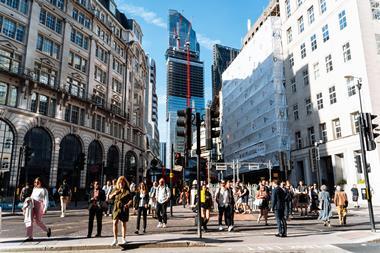
No comments yet